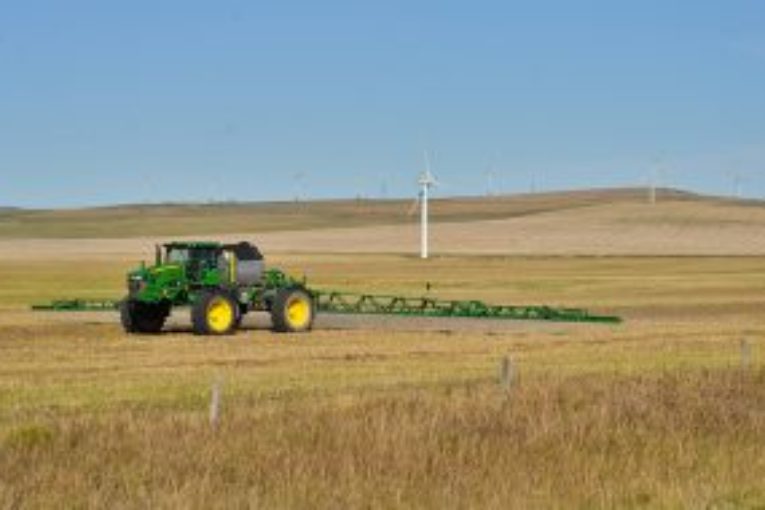
February got off to an interesting start for Independent Power Producers (IPPs) looking to build on Saskatchewan’s growing wind energy industry.
Late last month, SaskPower released the details of their request for qualification (RFQ) for procurement of 200 megawatt (MW) of new wind generation capacity—which we now know will consist of either one single 200MW project or split between two separate 100 MW projects. Winning projects will be awarded with a 25 year PPA for all electricity generated by the project.
Interestingly, SaskPower’s RFQ is intended to whittle entrants down to eight candidates that meet the province’s financial and experience criteria to move on to the proposal phase.
What do producers need to do to ‘fit the bill’ in order to be able to submit a bid? Financially, potential candidates need to have possessed roughly $25 million in equity at the end of the last fiscal year, as well as have had experience planning, developing, constructing and operating at least one wind farm with a greater capacity than 25 MW.
Submissions received by the May 2 deadline will be evaluated based on a ‘best combination’ of both criteria points, and a list of eight qualified bidders will be decided on by July 5 and made public later that month.
The RFQ document also shed some light on SaskPower expectations for the Request for Proposal. The eight finalists who move on to the proposal stage are required to submit proposals for up to three separate projects, which will be judged according to five criteria:
– PRICE: Bid price will include interconnection costs as well as the price for energy.
– CONSULTATION & COMMUNITY ENGAGEMENT: Effective engagement is the goal here; bidders will show SaskPower effective community engagement on their project, outlining plans for addressing stakeholder and community concerns.
– ABORIGINAL PARTICIPATION: Issues such as ‘strategic partnership’ with First Nations will be part of SaskPower’s evaluation process
– SITE: Interconnection and established siting guidelines will be part of the evaluation criteria. Documents issued by SaskPower specifically refer to the requirement that “the Proponent’s proposed Site may not be in any avoidance zone described in the Siting Guidelines.” Successful project siting will also require letters of project endorsement from impacted municipalities and indigenous communities.
– WIND RESOURCE SITE DATA: Would-be bidders need at least 12 months’ worth of data from the past five years in-hand.
Projects will be ranked on their scoring in each category, and bids awarded accordingly. More details are expected when the final RFP document is released later this summer.
If the top-ranked bid is a 200 MW project it’ll be awarded the Power Purchase Agreement (PPA) whereas if the top two are 100 MW projects, both will get approval. If the top proposal is 100 MW and the second is 200 MW, the larger of the two will be given the go-ahead.
In the event of a draw, the PPA will be awarded in a Best and Final Offer (BAFO) negotiation process.
Any environmental attributes created by the project will also become SaskPower property. Successful proponents will retain risks relating to development and construction cost overruns.
The Commercial Operations Date (COD) for the chosen project(s) will be April 2020.
This new wind generation will support SaskPower’s goals of increasing the amount of power in the generation mix from around five percent today to up to 30 per cent in 2030. More information can be found at: www.saskpower.com/our-power-future/renewables-roadmap.
CanWEA is pleased to see the Saskatchewan government move ahead with this. Wind energy is a clean, reliable and cost-effective solution for powering Saskatchewan’s green-energy future. A strong commitment to renewables creates good, secure jobs and attracts much-needed investment that will both diversify and bolster the province’s economy and energy security.
We’re currently engaged in reviewing the details of this announcement with SaskPower to seek clarity on some elements.
Stakeholders had an opportunity during a Feb. 28 conference call to ask questions and offer suggestions and feedback directly to SaskPower.
Our goal is to ensure the entire process is designed to maximize both the efficiency and efficacy of the procurement process, and ensure the best possible price for both SaskPower and the province’s ratepayers.
Stay tuned for more details!
You can read more of the news on source



